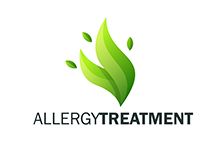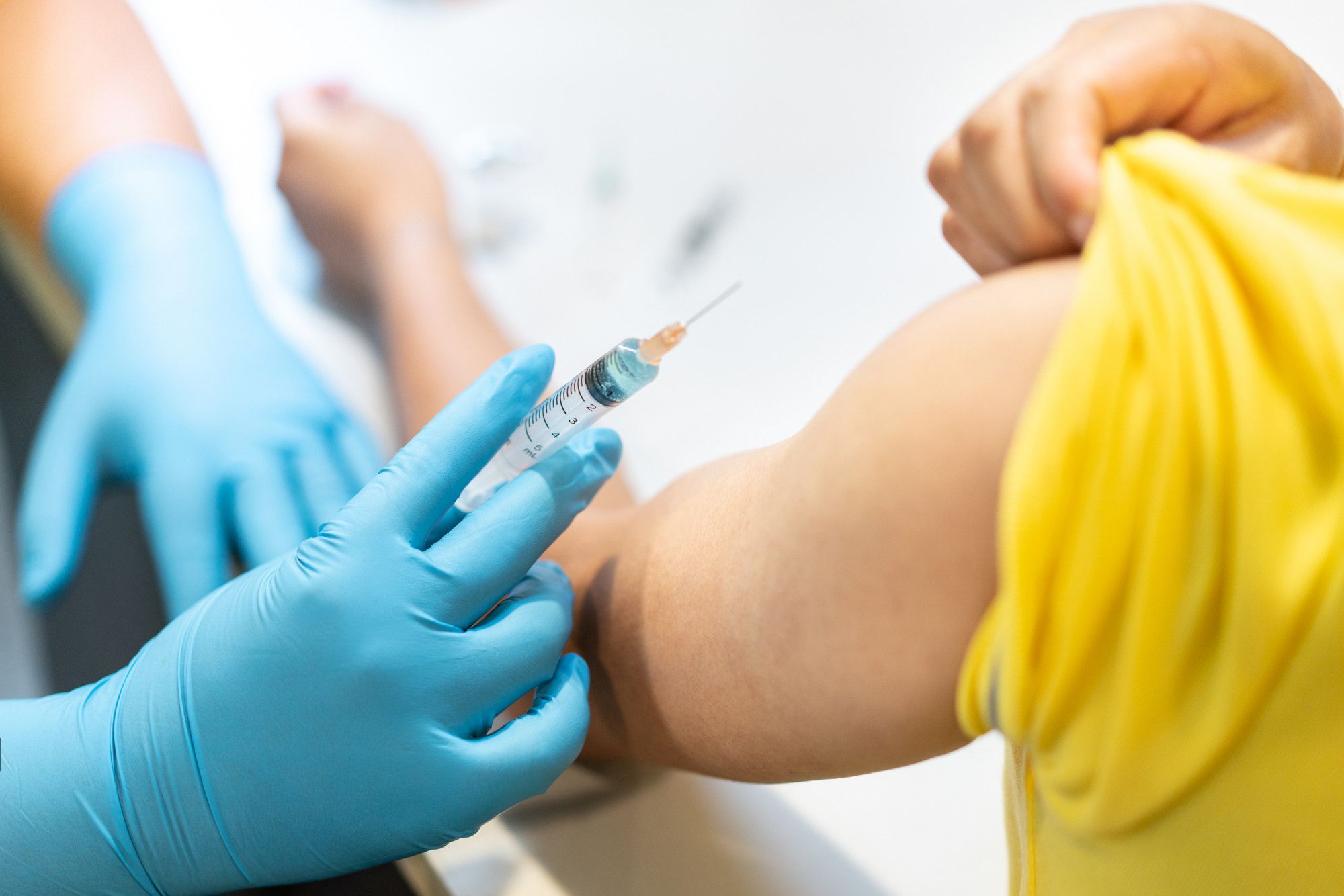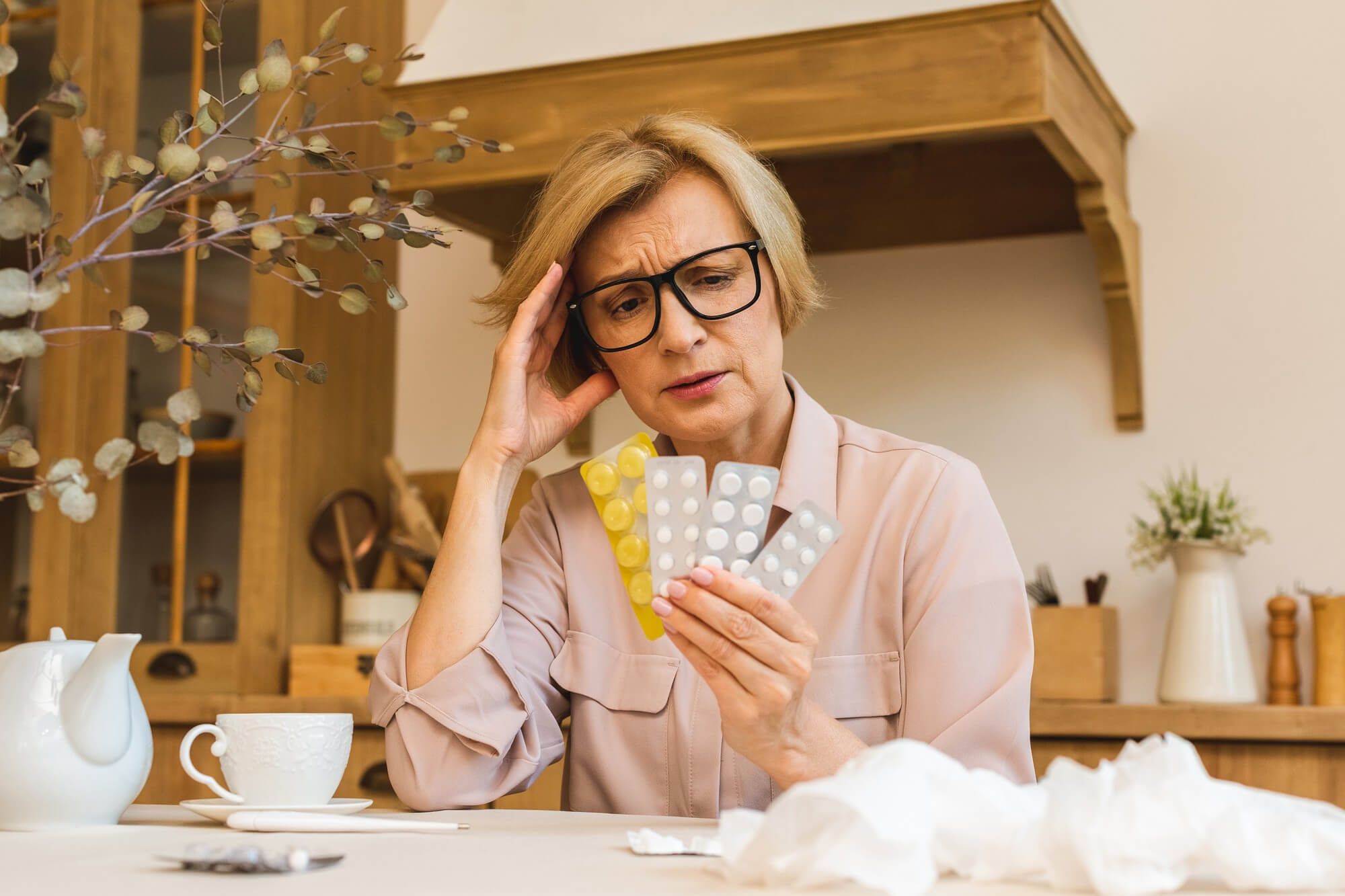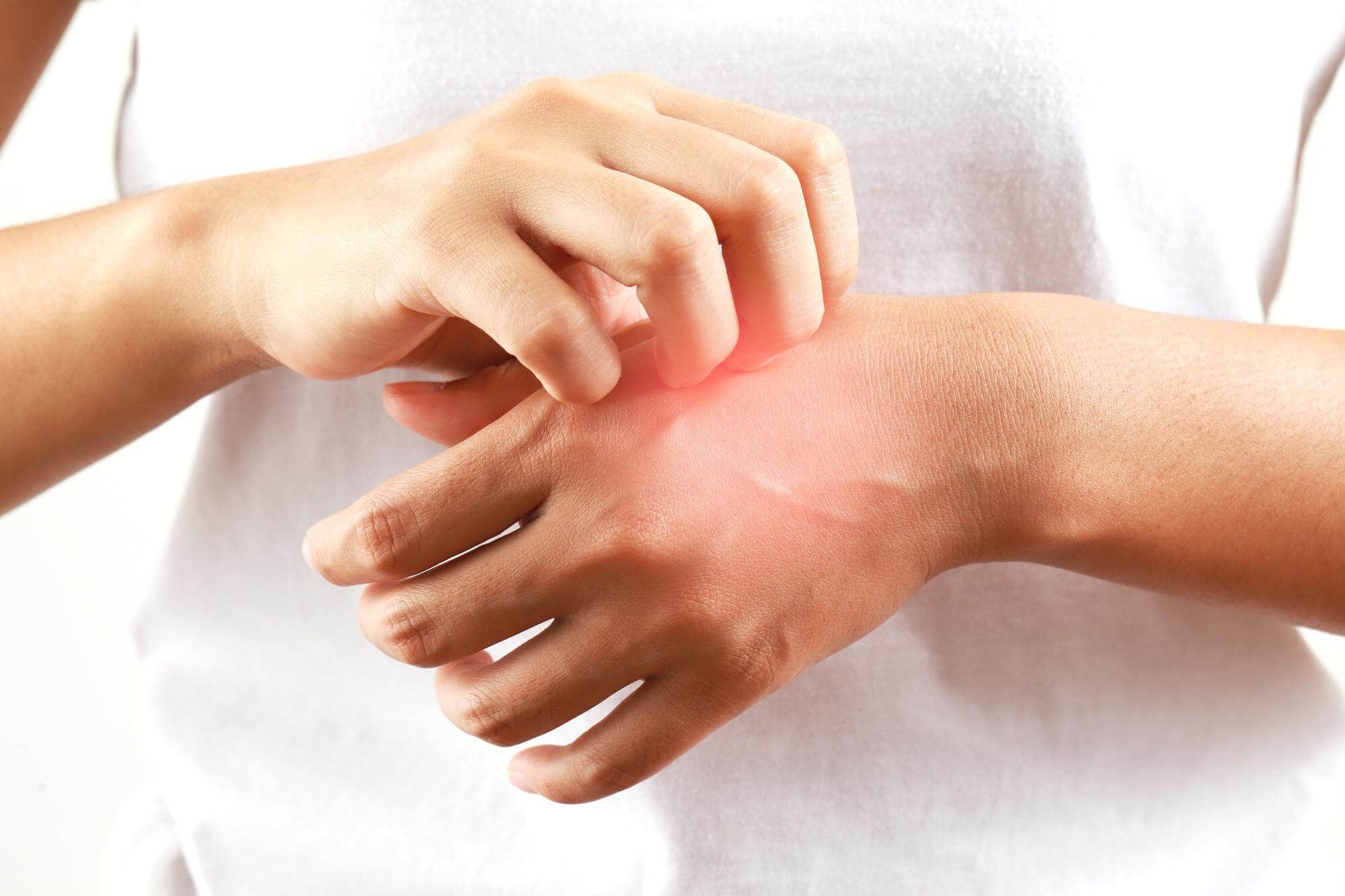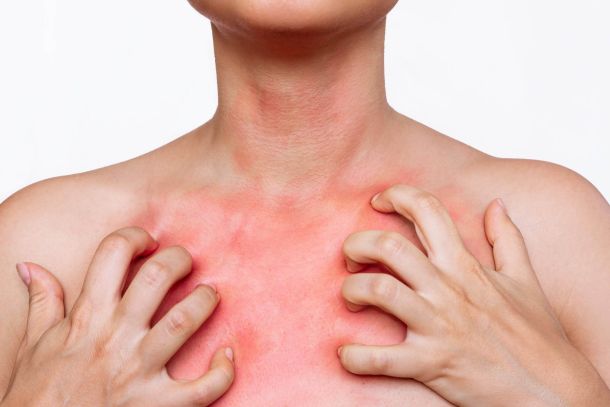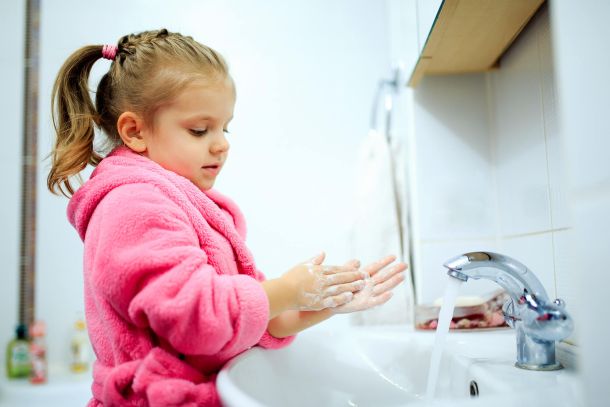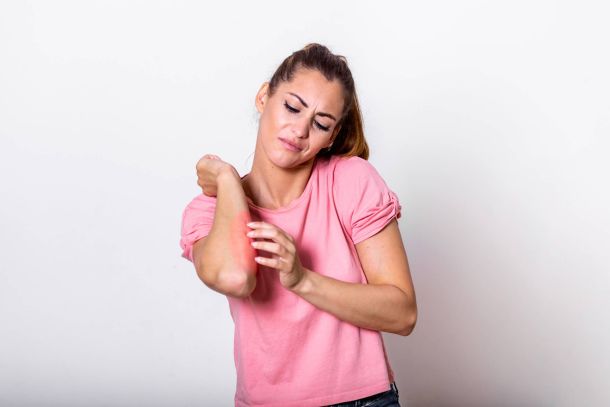Neurodermatitis: Symptoms, treatment and tips
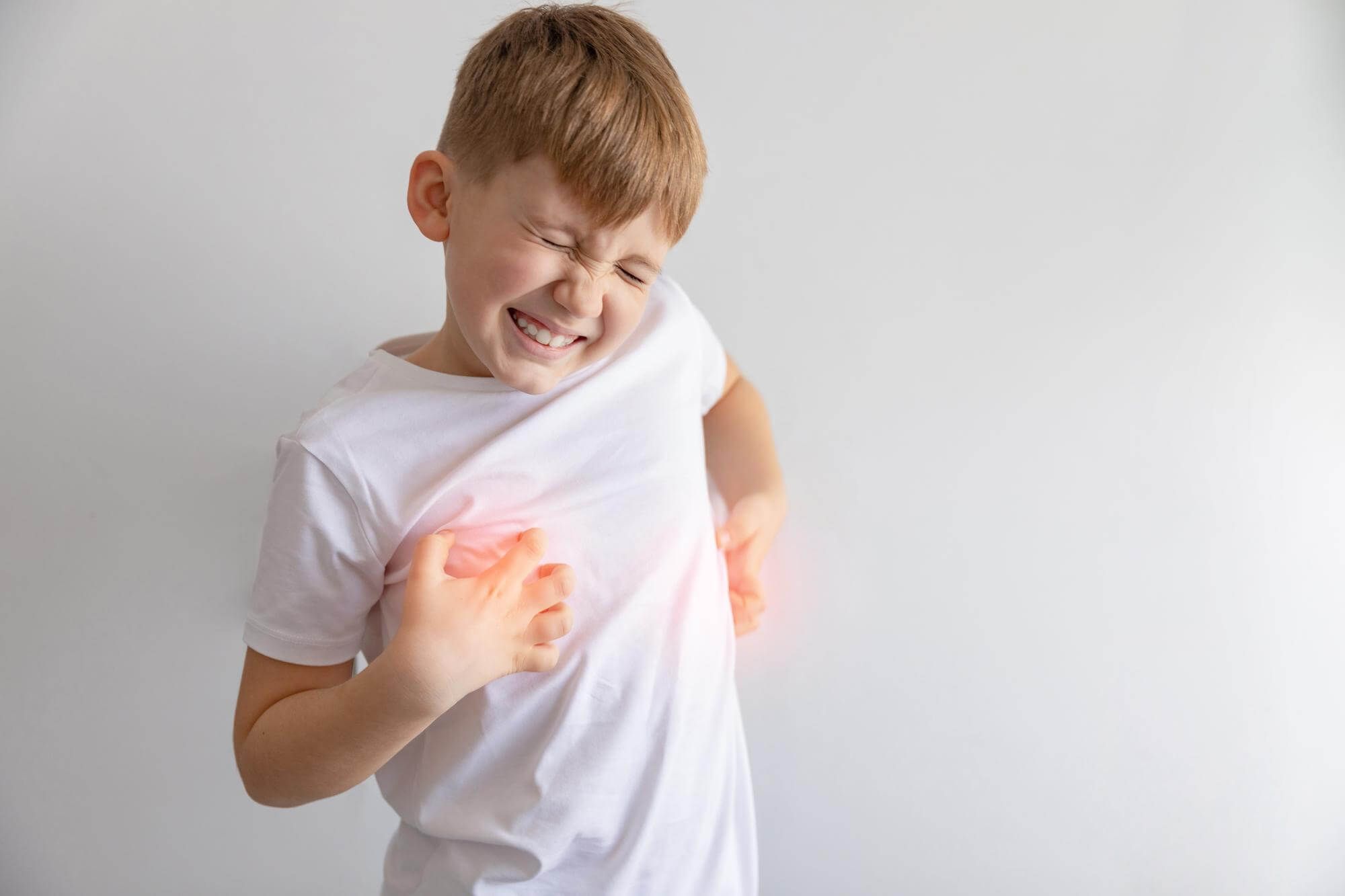

Viktor Levchenko
What is neurodermatitis?
Neurodermatitis is a chronic skin disease associated with nervous system dysfunction and often accompanied by allergic reactions. This disease manifests itself as severe itching, inflammation and discoloration of the skin. Neurodermatitis can occur in anyone, but it is most common in children and adolescents.
Types of neurodermatitis
Limited neurodermitis is a form of the disease in which the inflammatory process spreads to certain areas of the skin: the head, face, groin, elbows, knees, fingers and toes.
Disseminated neurodermatitis affects most of the skin's surface area. This type of disease is usually more severe and requires longer and more complex treatment.
Causes of neurodermatitis

The causes of the development of neurodermatitis are quite complex and multifaceted. It can be genetic predisposition, stress and psychosomatic factors, immune system disorders, as well as various external factors, including allergens and irritants.
Symptoms of neurodermatitis
Visually, neurodermatitis looks like inflamed, red or pink patches of skin that may be covered with crusts or small blisters with fluid. In the acute stage, erosions and cracks may appear on the skin.
Main signs and symptoms
Symptoms of neurodermatitis include severe itching, dry and flaky skin, redness and inflammation, and crusts and sores. The itching usually gets worse at night, which can cause sleep disturbance. Children and adults may have different symptoms. For example, children often have rashes on the face, neck and scalp, while adults have rashes on the elbows, knees, groin and hands.
Diagnosis of neurodermatitis
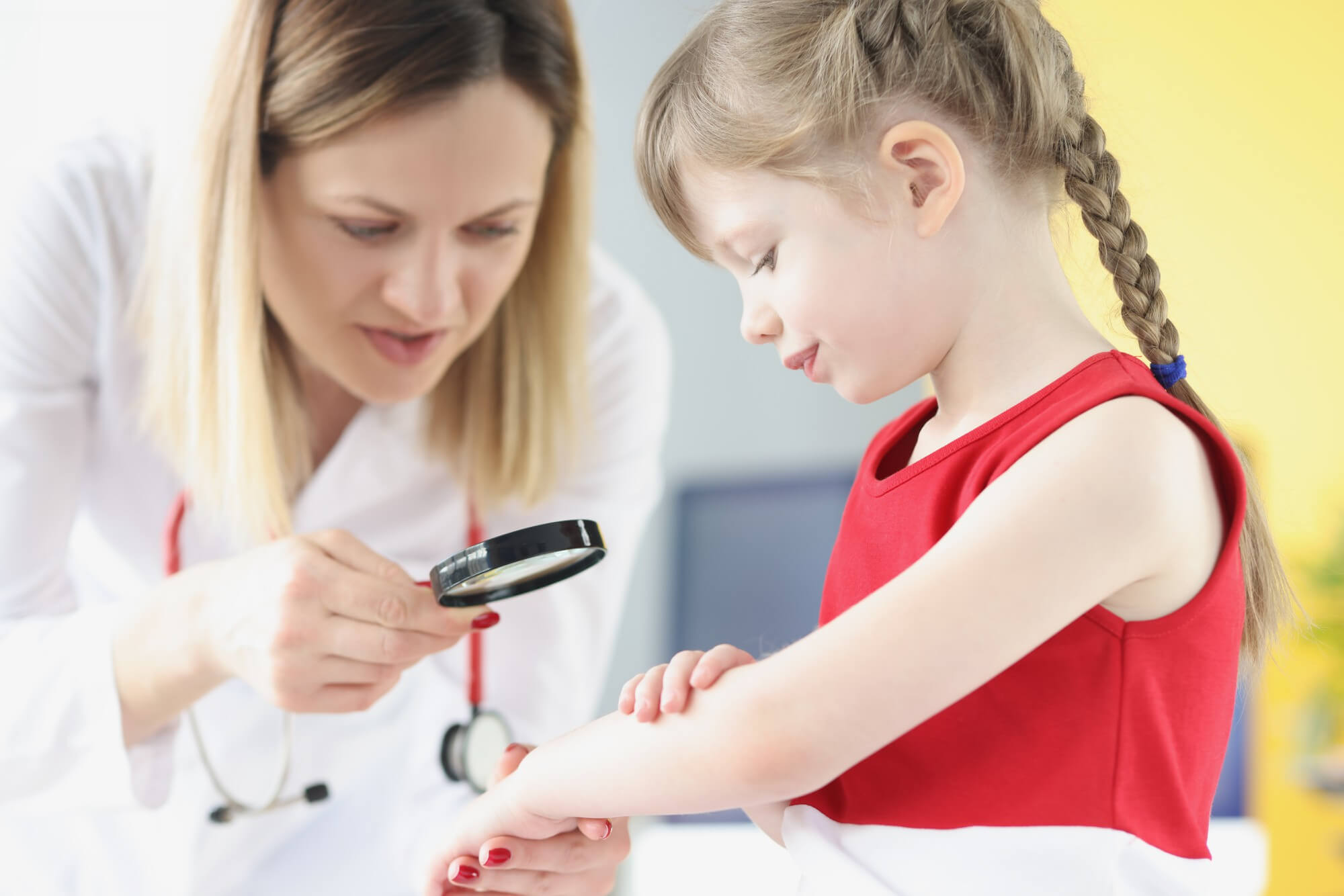
A dermatologist or allergist is responsible for the diagnosis and treatment of neurodermatitis. However, given the psychosomatic nature of the disease, it may be necessary to consult a psychologist or psychiatrist.
Diagnostic methods for neurodermatitis
Diagnosis of neurodermatitis begins with an external examination of the skin and collecting a medical history. The doctor may prescribe a variety of diagnostic tests, including allergy tests, a general blood test, and a biochemical blood test. In some cases, a skin biopsy may be performed.
Treatment of neurodermatitis
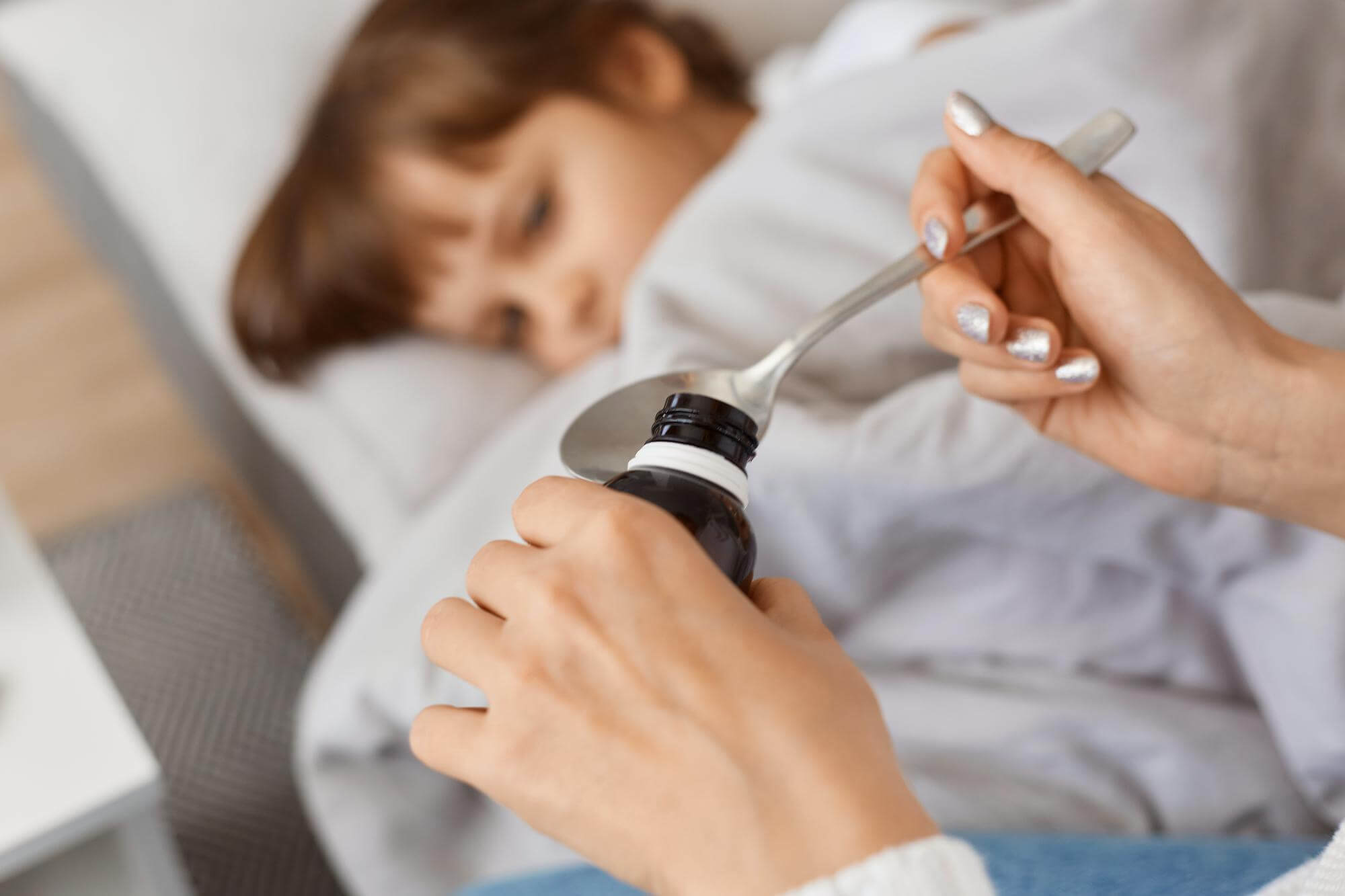
Treatment of neurodermatitis includes comprehensive measures: medication, compliance with a special diet, the use of folk remedies, psychotherapy and physical therapy. The goal of treatment is to reduce symptoms, prevent exacerbations and improve the patient's quality of life.
Medicinal treatment of neurodermatitis
Topical treatment includes the use of various creams and ointments. These can be hormonal preparations such as hydrocortisone or fluorocort, and non-hormonal ones such as Bepanten or Emolium. These medications help reduce inflammation and itching.
Systemic treatment includes taking antihistamines (e.g., Suprastin, Zyrtec), using glucocorticoids in severe cases, and using sedatives and sedatives to reduce nervous tension.
Folk remedies for the treatment of neurodermatitis
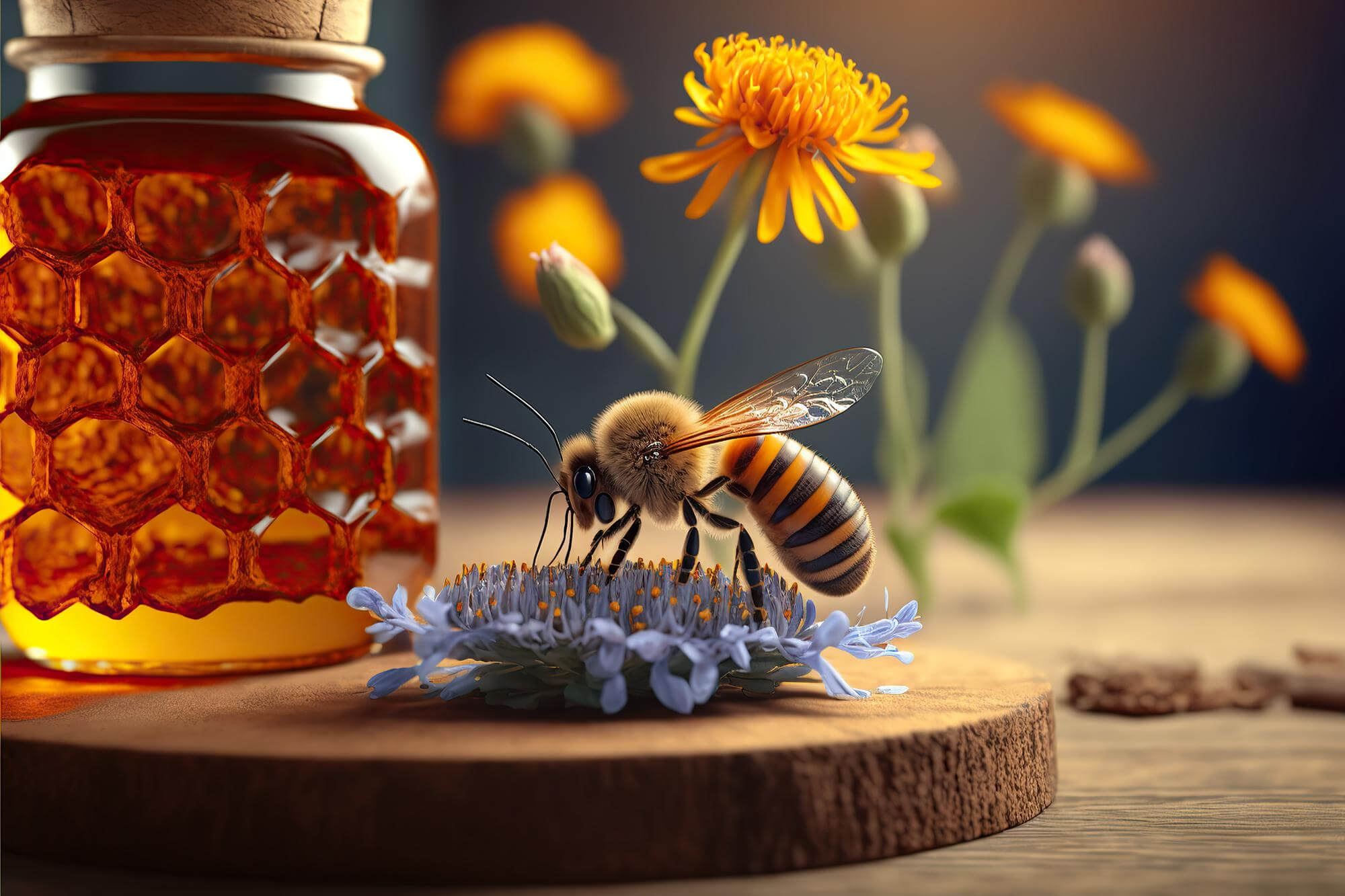
Folk medicine also offers many remedies for treating neurodermatitis. It is important to remember that the use of folk remedies should be coordinated with your doctor.
Among the effective methods include the use of decoctions and infusions of herbs (chamomile, succession, plantain), honey and propolis, as well as oils (olive, castor, rosehip), which have a moisturizing and healing effect.
Physical therapy treatments include UHF therapy, magnetic therapy, electrosleep, and mud treatment. They help improve blood circulation in the skin and relieve inflammation and itching.
Psychotherapy and the role of relaxation in treating neurodermatitis
Given the psychosomatic nature of neurodermatitis, psychotherapy plays an important role in the comprehensive treatment of this disease. In addition to talking with a psychologist, relaxation practices such as yoga and meditation can be helpful.
Preventing neurodermatitis
Preventing neurodermatitis includes strengthening the immune system, following a hypoallergenic diet, avoiding stress and contact with allergens, and regular skin care. It is also important to visit the doctor at the first sign of illness.
In conclusion, I would like to point out that neurodermatitis - a complex disease that requires a comprehensive approach. Nevertheless, with proper and timely treatment, the prognosis is favorable, and most patients will be able to lead a full life.
Related Materials
New materials
Popular Articles
We recommend reading
Contact us in the Contact Us section to ask questions, offer ideas, or for more information about our allergy resource.
Our articles are your trusted source of allergy knowledge. Learn how to make life with allergic reactions easier on our specialized portal.
©
Lechenie-Allergii.com. All rights reserved.
© Lechenie-Allergii.com. All rights reserved.
The information on this site is for informational purposes only and is not a substitute for professional medical advice. We recommend consulting with qualified medical professionals for accurate information and advice.
 English
English  Українська
Українська  Русский
Русский 